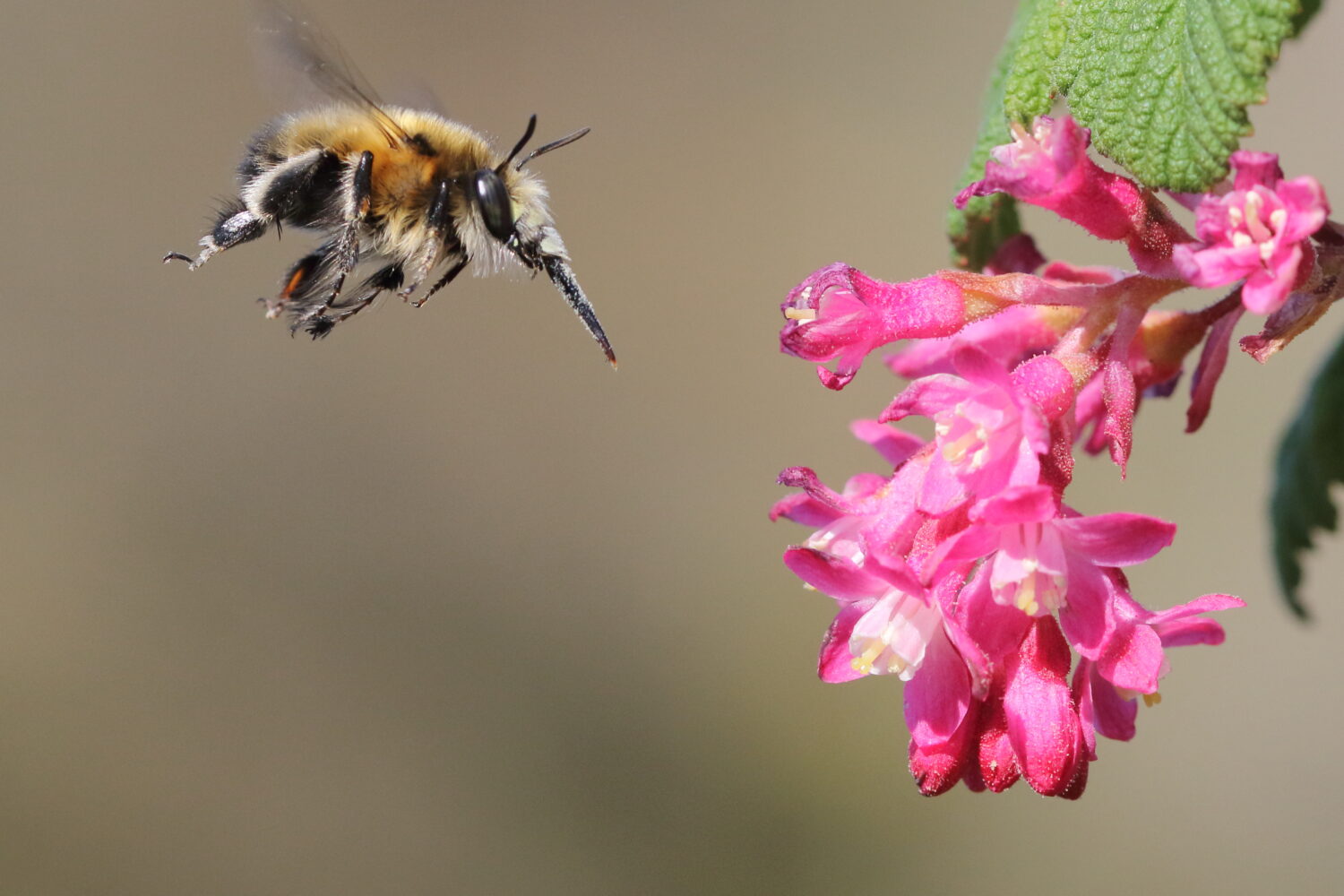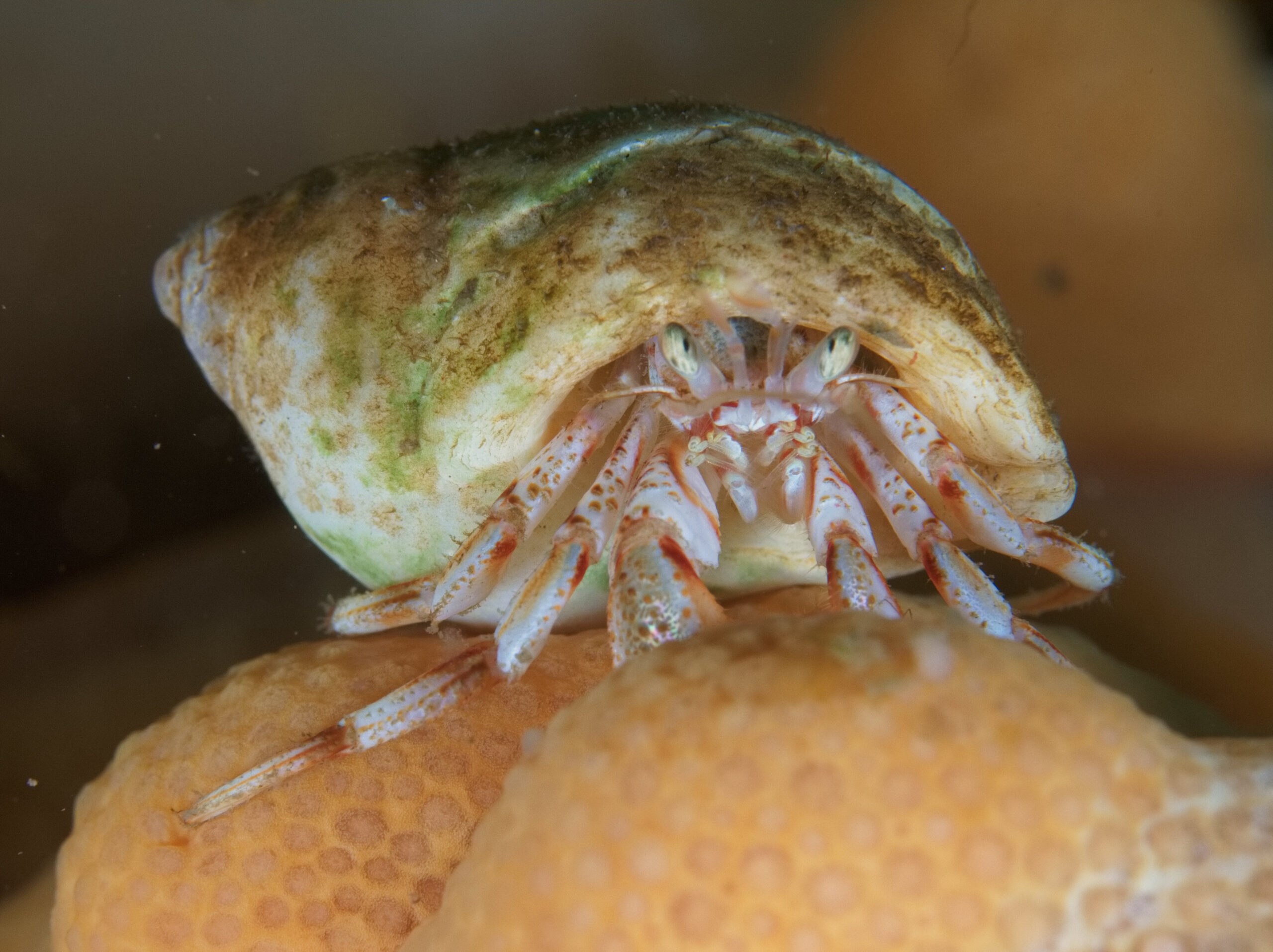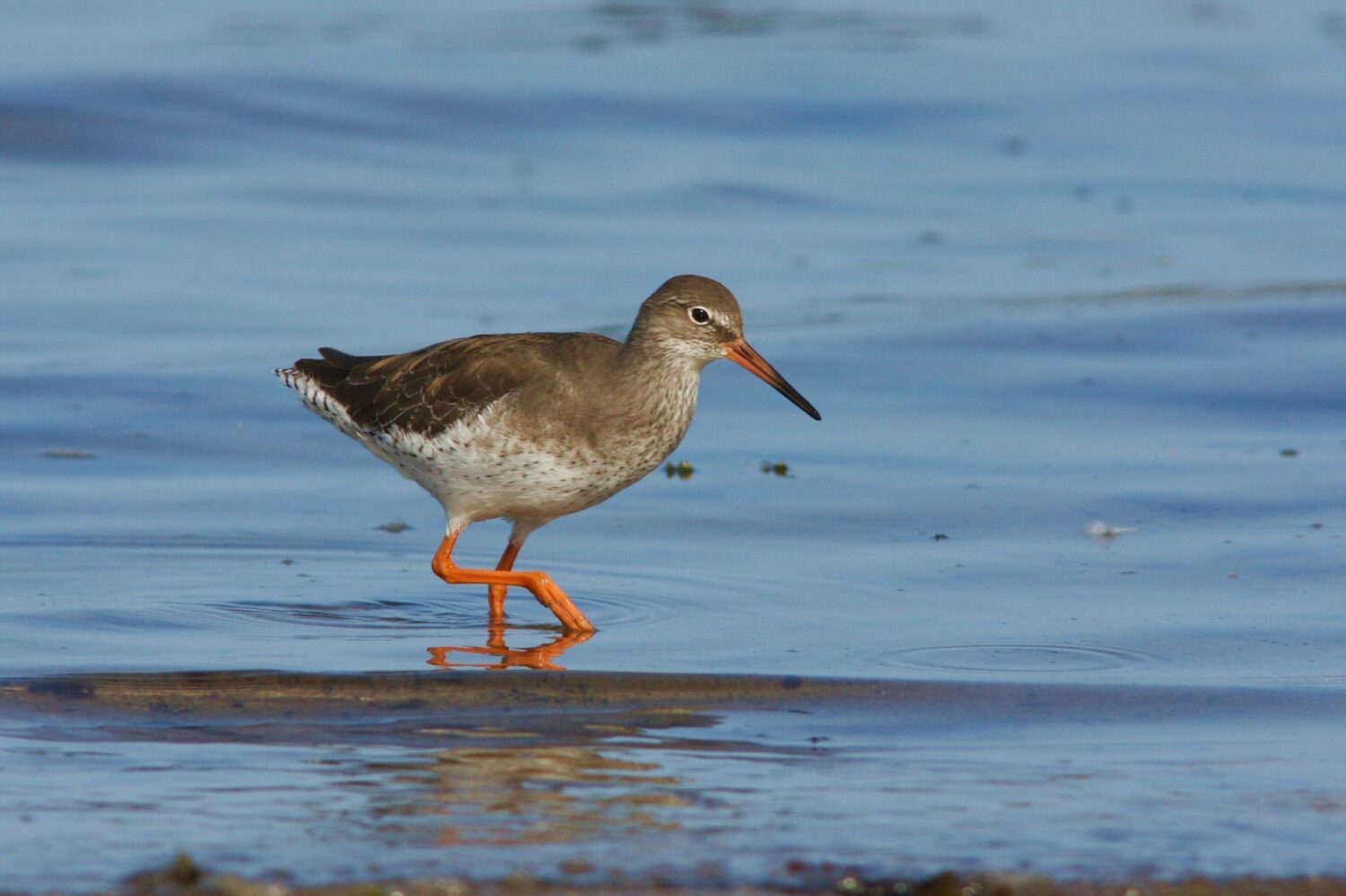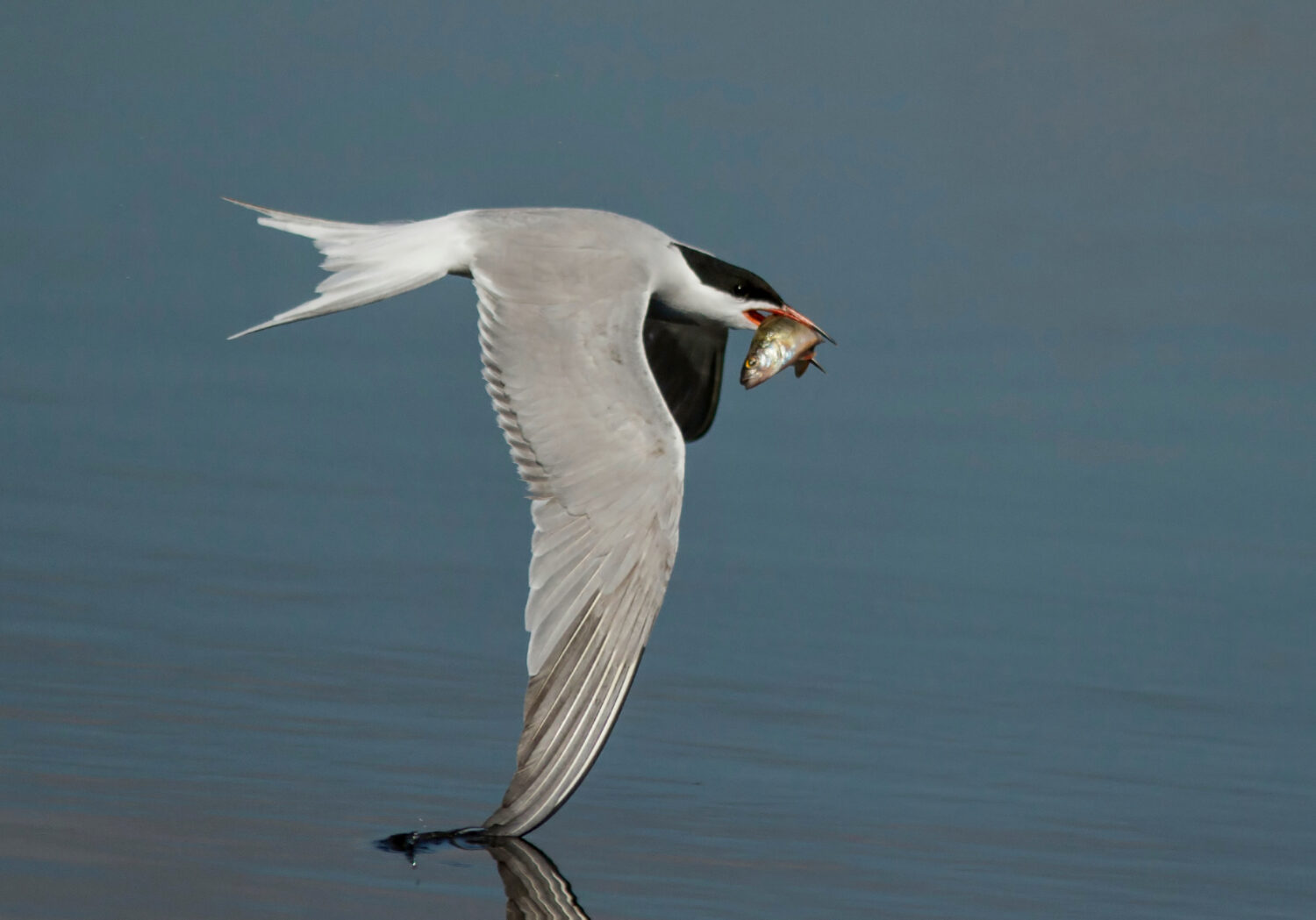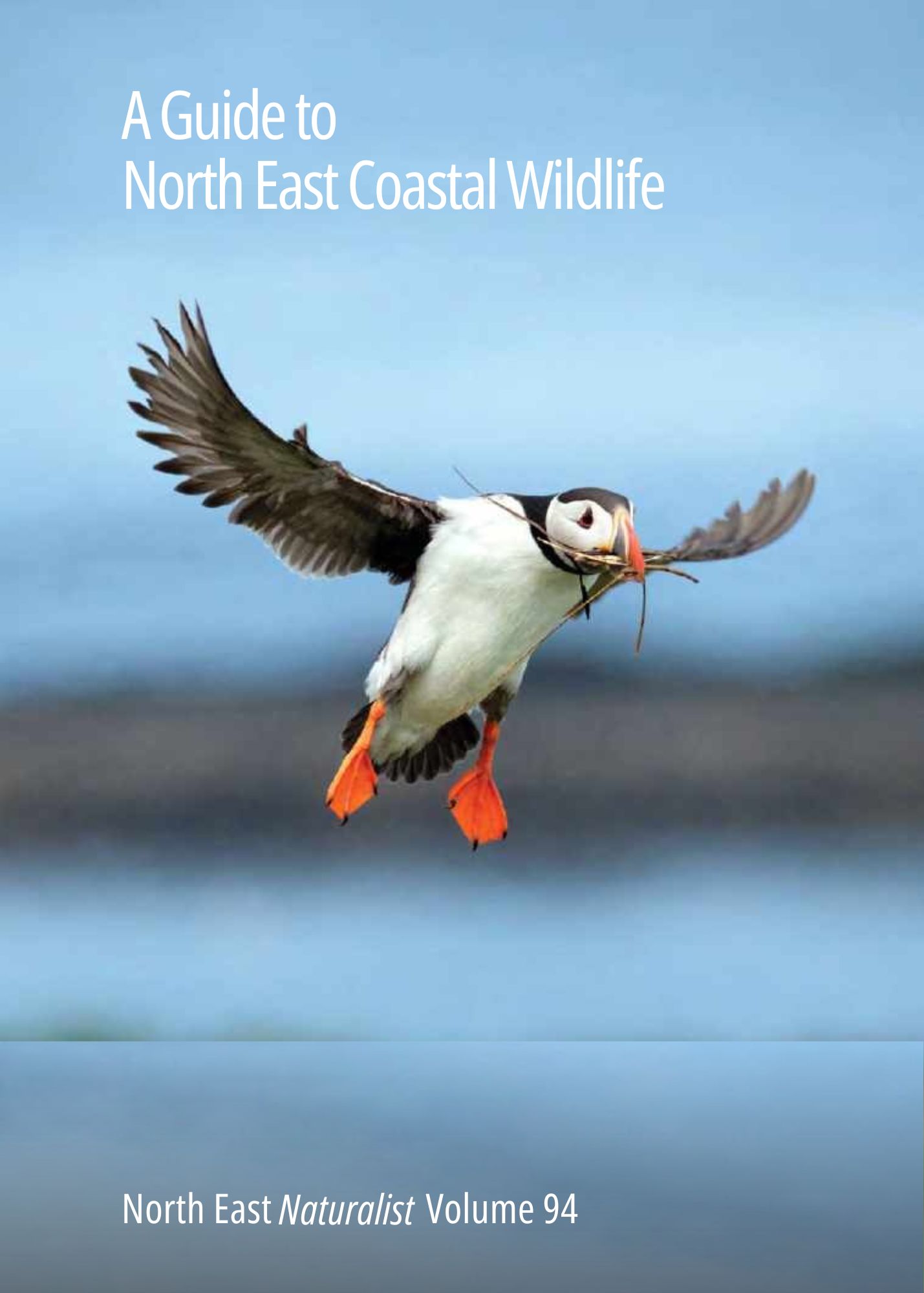
Introduction
The Natural History Society of Northumbria (NHSN) has released an insightful publication titled A Guide to North East Coastal Wildlife, which takes readers on a captivating journey through the diverse ecosystems and species found along the region’s coastlines. This comprehensive guide offers a wealth of information on the unique habitats, fascinating adaptations, and ecological interactions that define North East England’s coastal wildlife. In this blog post, we’ll explore the key aspects of this publication and discuss its significance in promoting awareness and conservation of these precious ecosystems.
Key Features of the Guide
A Guide to North East Coastal Wildlife covers a wide range of topics related to the region’s coastal biodiversity, including:
● Diverse coastal habitats: The publication delves into various coastal ecosystems, such as sandy beaches, rocky shores, estuaries, and salt marshes, highlighting the unique characteristics and species found within each habitat.
● Species profiles: The guide features detailed profiles of numerous coastal species, including plants, invertebrates, fish, birds, and mammals, providing insights into their appearance, behaviour, and ecological roles.
● Adaptations of coastal organisms: The book explores the various adaptations that enable coastal species to thrive in the challenging conditions of their habitats, such as tolerating extreme temperatures, salinity fluctuations, and tidal changes.
● Human impacts and conservation: A Guide to North East Coastal Wildlife addresses the threats coastal ecosystems face, such as pollution, habitat destruction, and climate change. It also highlights ongoing conservation efforts and offers guidance on how individuals can contribute to the protection of coastal wildlife.
Why A Guide to North East Coastal Wildlife Matters
A Guide to North East Coastal Wildlife is a vital resource for anyone interested in the region’s coastal ecosystems and the diverse species that inhabit them. The guide emphasises the importance of preserving and protecting North East England’s coastal wildlife by showcasing the remarkable biodiversity, ecological interactions, and conservation challenges of these habitats.
The journal serves as a comprehensive and engaging exploration of coastal life, providing an excellent opportunity for readers to deepen their understanding and appreciation of these unique ecosystems. Ultimately, A Guide to North East Coastal Wildlife is a powerful testament to the beauty, fragility, and ecological significance of the region’s coastlines, inspiring greater commitment to their conservation for future generations.
Conclusion
A Guide to North East Coastal Wildlife is a must-read for anyone passionate about the natural world, offering an enlightening and visually stunning journey through the region’s diverse coastal ecosystems. By combining detailed information on species and habitats with insights into conservation challenges and solutions, the publication serves as a compelling reminder of the importance of preserving and protecting these precious coastal environments.
